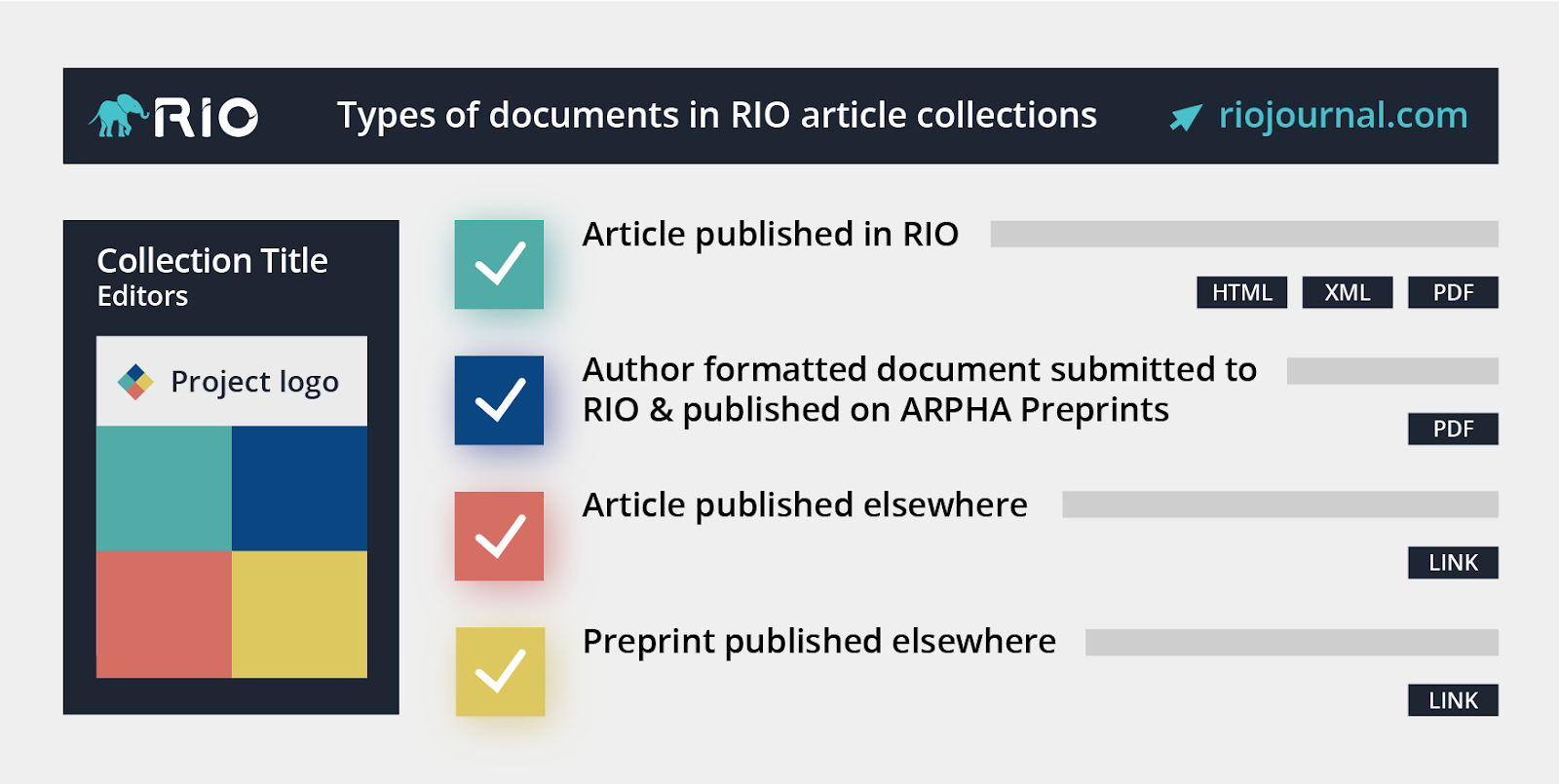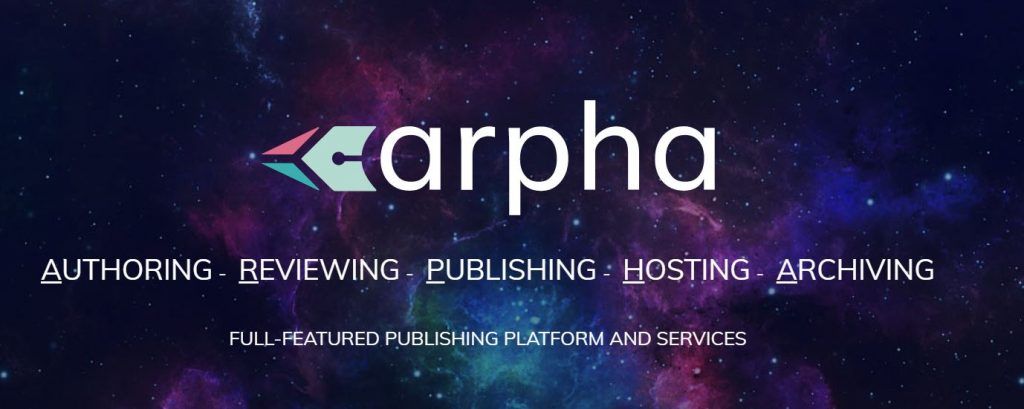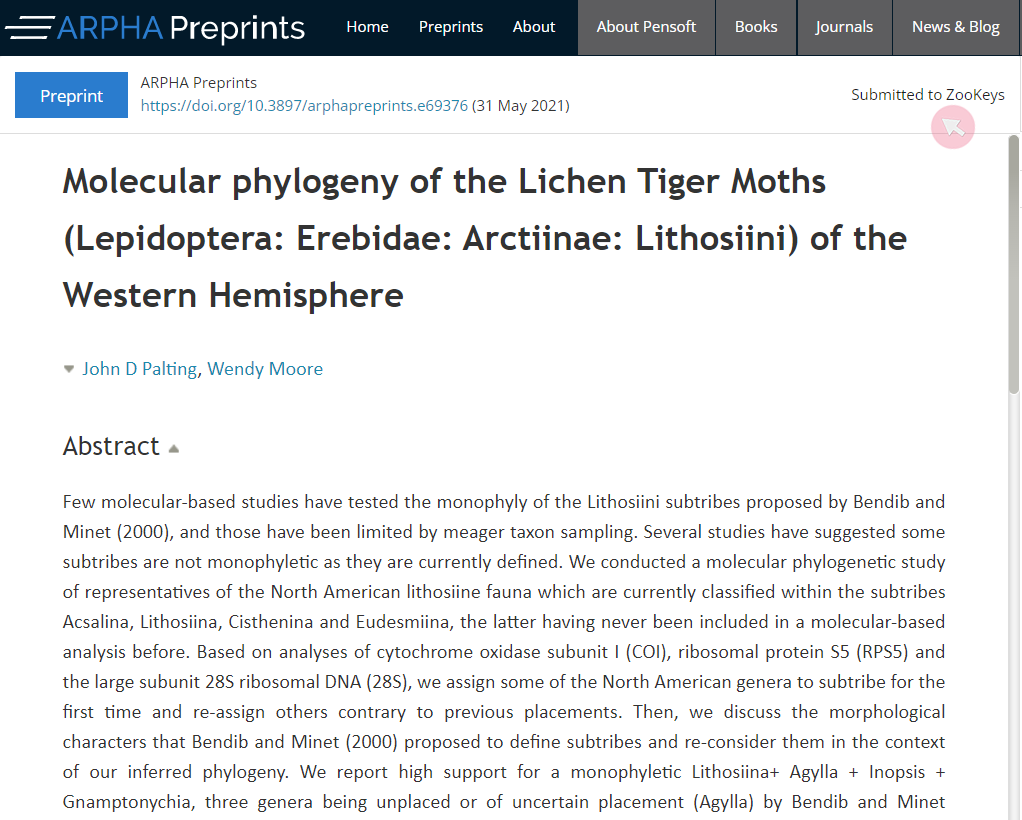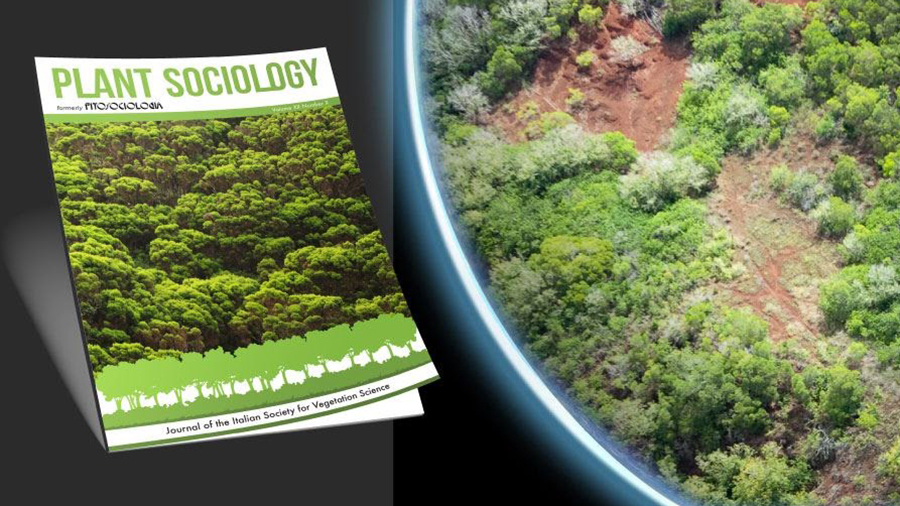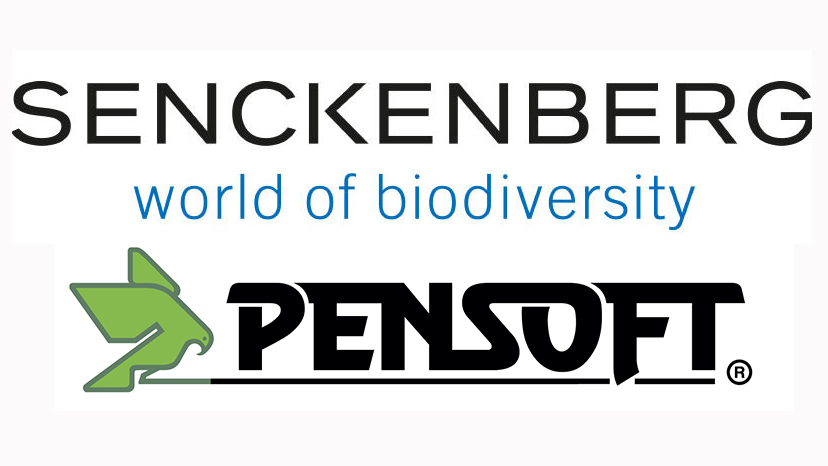Research Ideas and Outcomes (RIO Journal) upgrades its unique concept to appeal to scientific projects, conference organisers and research institutions
Over the last few years, we’ve been increasingly observing how major funders of research around the world, including the likes of the European Commission, Wellcome, U.S. National Institutes of Health (NIH), Deutsche Forschungsgemeinschaft (DFG) and the Japan Society for the Promotion of Science (JSPS) recognise the research cycle as a continuum, rather than scattered standalone conclusions and reports.
Hence, as a forward-looking, open science-driven journal Research Ideas and Outcomes (RIO) took it as its own responsibility to encourage scientific project teams, conference organisers and research institutions to bring together unconventional research outputs (e.g. grant proposals, data management plans, project deliverables, policy briefs, conference materials) as well as traditional (e.g. research or review papers, monographs, etc.), including such published elsewhere. To do so, RIO now provides the platform ready to be used as a research knowledge hub, where published outcomes are preserved permanently and easier to share, disseminate, reference and reuse.
Hence, RIO stepped up its game by turning permanent article collections into a one-stop source of diverse research items, where project coordinators, conference organisers or research institutions can not only publish early, interim and conclusive research items as they emerge within a research project, a series of events or the continuous scientific efforts at their lab, but also link relevant publications (i.e. preprints, articles or other documents, published elsewhere) available elsewhere through their metadata. As a result, they will receive a one-stop source under their own branding for every piece of scientific contribution ready to present to funding bodies or prospective collaborators and future research teams.
Apart from bringing contextually linked research outcomes together, thus prompting findability, readership and citability en masse, RIO’s approach to collections ensures further accessibility by not only having RIO-published articles available in traditional PDF, semantically enriched HTML and minable XML format. The open-science journal has now made it possible for users to add to their collections preprints from ARPHA Preprints, as well as author-formatted PDFs (e.g. project deliverables, reports, policy briefs, etc.) and linked metadata to documents published elsewhere. Thanks to the integration of the journal with the general-purpose open-access repository Zenodo, all items in a collection are archived, and additionally indexed, disseminated and cited.
By focusing on article and preprint collections coming out from a research project, institution or conference, RIO provides a quite specific and unique combination of benefits to all actors of the research process: scientists, project coordinators, funders and institutions:
- Project, institution or conference branding and promotion.
- One-stop point for outputs of a research project, institution or conference.
- Free publication of author-formatted project outputs (i.e. grant proposals, deliverables, reports, policy briefs, conference materials and others).
- Inclusivity through adding articles, preprints and other documents published elsewhere as easy as entering the DOI number of the document.
- Credit and recognition for the Collection and Guest editors, who take care to organise and manage the article collection.
- Easier discoverability and usability of topically related studies to benefit both authors and readers.
- Increased visibility of related papers in a collection, even when these might otherwise not have much exposure.
- Simultaneous citation of multiple articles related to a certain subject.
- Citation and referencing of the whole collection as a complete entity.
- DOI and citation details for collections and individual articles.
Furthermore, RIO Journal maps all publications to the Sustainable Development Goals (SDGs), in order to emphasise the real-world impact of each published contribution, by displaying the corresponding badge within the article list.
Last, but not least, both collections and individual publications in RIO enjoy the variety of default and on-demand science communication services, provided by Pensoft.
How do project coordinators, funders and institutions benefit from a collection in RIO?
At the time a grant proposal is submitted to a research funder for evaluation, the team behind the proposed project has already put in considerable efforts, resulting in a unique idea with the potential to make a great stride towards the resolution of an outstanding problem in science, if only given the chance. However, too many of these ideas are bound to remain locked away in the archives of those funders, not because they are lacking in scientific value, but due to limited funds.
So, with its launch back in 2015, RIO Journal made it possible to publish and shed light on grant proposals and research ideas in general, similar early research outputs regardless of whether they are eventually funded or not, a novelty in scholarly publishing which earned RIO the SPARC Innovator Award Winner in 2016. To date, the journal has already published 75 grant proposals.
Then, imagine what a contribution to science it would make to bring together the whole continuum of knowledge and scientific work all the way from the grant proposal to data and software management plans, workshop reports, policy briefs and all interim and final deliverables produced within the span of the project!
On the other hand, funders are increasingly evaluating a prospective project’s impact based on its communication strategy. So, why not publish a grant proposal at the time of the submission of your proposal, in order to prove to the funding body that your project is serious about optimising its outreach to both the public and academia? Furthermore, by having an academic journal host any subsequent project deliverable, as a coordinator, you can rest assured that the communication activities of your project remain consistent and efficient.
In an excellent example of a project collection, the EU-funded ICEDIG (Innovation and Consolidation for Large Scale Digitisation of Natural Heritage), led by several major natural history institutions, including the Natural History Museum of London, Naturalis Biodiversity Center (the Netherlands), the French National Museum of Natural History and Helsinki University, brought together policy briefs, project reports, research articles and review papers, in order to provide a fantastic overview of their own research continuum. As a result, future researchers and various stakeholders can easily piece together the key components within the project, in order to learn from, recreate or even build on the experience of ICEDIG.
Similarly, conference organisers can make use of their own branded collections to overcome the ephemerality of presented research by collating virtually all valuable conference outputs, including abstracts, posters, presentations, datasets and full-text conference talks. For further convenience, a collection can be divided into subcollections, in order to organise the contribution by type or symposium. What particularly appeals to conference participants is the ARPHA Writing Tool, an intuitive collaborative online environment, which practically guides the user through each step: authoring, submission and pre-submission review, within a set of pre-designed, yet flexible templates available for each type of a conference output, thus sparing them the hassle to familiarise themselves with specific and perplexing formatting requirements
For institutions, RIO offers the opportunity to continuously provide evidence of the scholarly impact of their organisation. To better serve the needs of different labs or research teams, an institution can easily organise their outputs into various subcollections, and also customise their own article types, as well as the available usage tracking systems. Furthermore, by making use of the available pre-paid plans, institutions can support their researchers by covering fully or partially the publication charges at a discounted rate.
***
Find more information regarding the submission and review process, policies and pricing, visit RIO Journal’s website.

